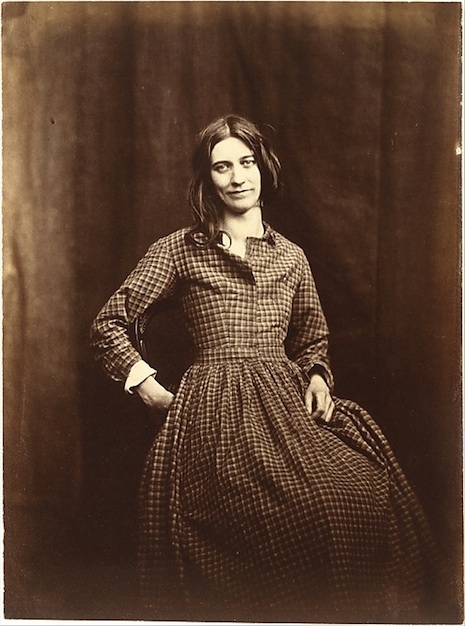
Among the early pioneers of photography in the 1800s was a middle-aged English doctor called Hugh Welch Diamond, who believed photography could be used in the diagnosis and treatment of the mentally ill. Diamond first established his medical career with a private practice in Soho, London, before specializing in psychiatry and becoming Resident Superintendent of the Female Department at the Surrey County Lunatic Asylum in 1848—a position he held until 1858. Diamond was an early adopter of photography, taking his first portraits just three months after Henry Fox Talbot licensed his “salt print” process for producing “photogenic drawings.” As a follower of “physiognomics”—a popular science based on the theory that disease (and character) could be discerned from an individual’s features or physiognomy—Diamond believed photography could be used as a curative therapy.
In documenting madness, Diamond was following on from his predecessor at Surrey County, Sir Alexander Morison who had produced a book of illustrations by various artists depicting patients at the asylum called The Physiognomy of Mental Diseases in 1838. Diamond believed the book was not scientific as the drawings were mainly illustrative interpretations of what the artist saw and could therefore veer towards caricature. He believed that the camera was the only way in which doctors could document illness without taint of prejudice:
The Metaphysician and Moralist, the Physician and Physiologist will approach such an inquiry with their peculiar views, definitions and classifications—The Photographer needs in many cases no aid from any language of his own, but prefers to listen, with the picture before him, to the silent but telling language of nature.
Between 1848-58, Diamond photographed the women patients at Surrey County, taking their portraits against a curtained wall or canvas screen. He became convinced he was able to diagnose a patient’s mental illness from their photographic portrait and then use the image as a therapeutic cure to sanity—the idea being the patient would be able to recognize the sickness in their features. As evidence of this, he cited his success with one patient who he had used the process on:
Her subsequent amusement in seeing the portraits and her frequent conversation about them was the first decided step in her gradual improvement, and about four months ago she was discharged perfectly cured, and laughed heartily at her former imaginations…
Convinced he had found a possible cure to mental illness, Diamond presented a paper “On the Application of Photography to the Physiognomic and Mental Phenomena of Insanity” to the Royal Society of Medicine in May 1856, in which he explained his theories. While many scientists and doctors saw the merit in Diamond’s propositions, they were eventually dismissed as “pseudo-science,” “snake oil” and “quackery.” However, the belief in physiognomy as a form of scientific empiricism was developed by police detective, biometrics researcher and inventor of the mugshot, Alphonse Bertillon, who devised a system of anthropometry for classifying criminals. This was later dropped in favor of fingerprinting and later DNA.
Diamond’s ideas on the diagnostic and curative nature of photography have long been discredited, however, he is now best remembered as a pioneer of psychiatric photography.
During his time at Surrey County, Diamond was able to document most of the female patients as the asylum was a public institution, which meant the patients had no rights to privacy. It’s interesting to note that when he left Surrey for a privately run asylum in Twickenham, Diamond was not permitted to take patients’ portraits. The following is a selection of Diamond’s portraits of the patients at Surrey County Asylum, more can be seen here. Alas, I was unable to find details to the identities of the sitters or their illnesses.


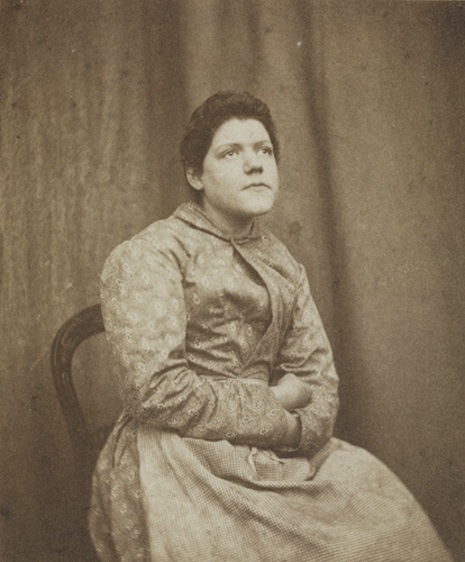
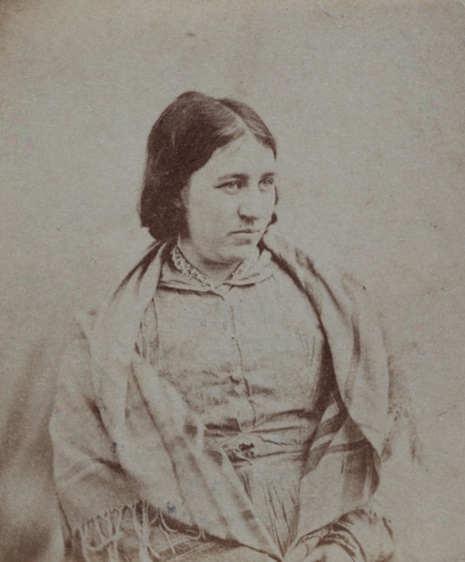
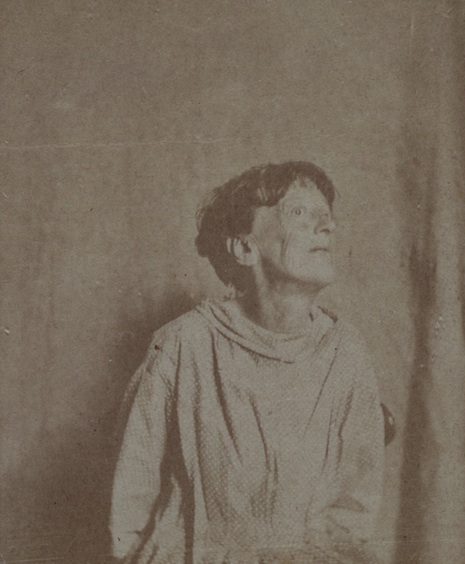
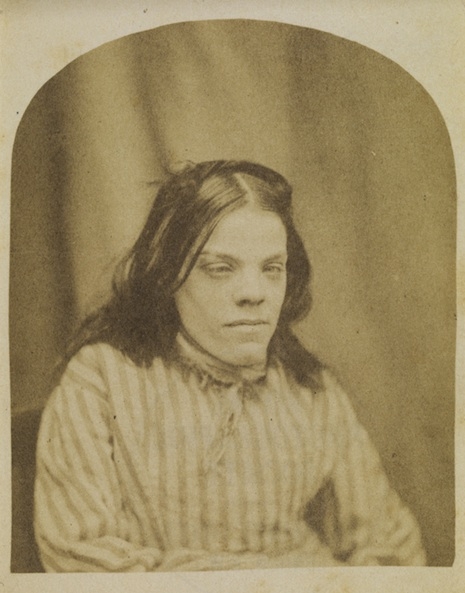
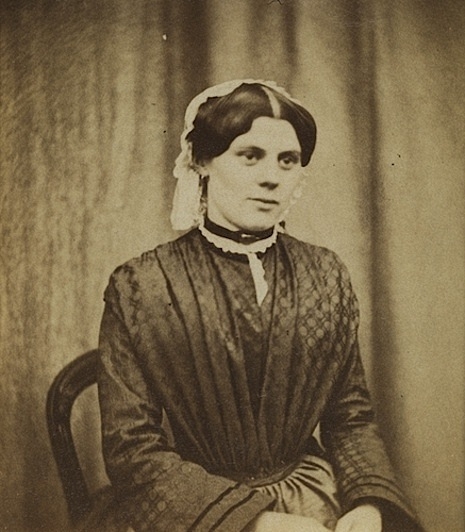
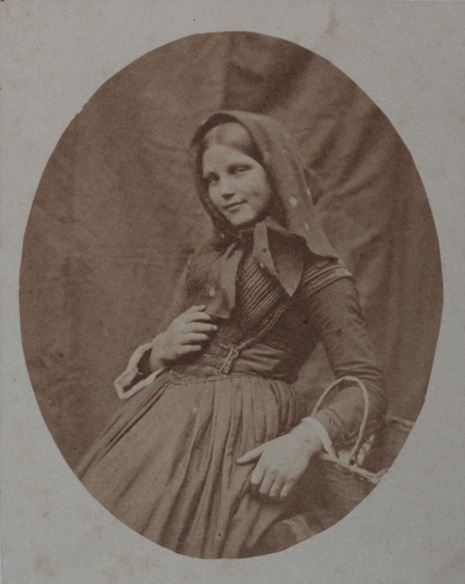
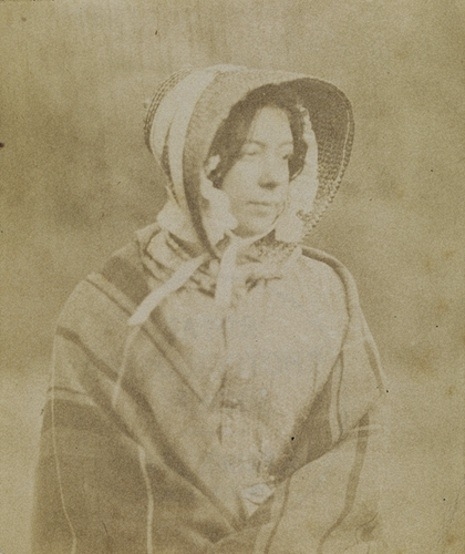
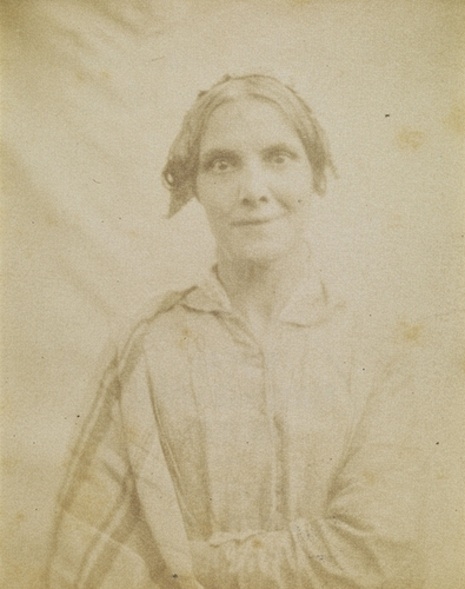
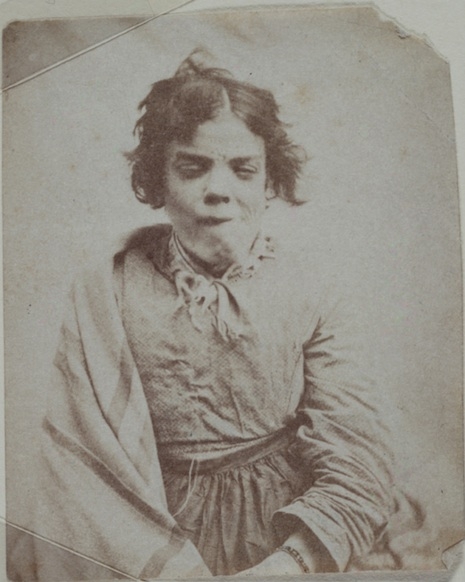
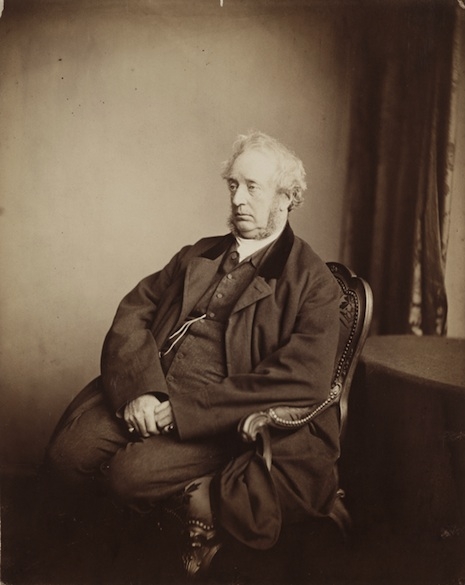
Hugh Welch Diamond.